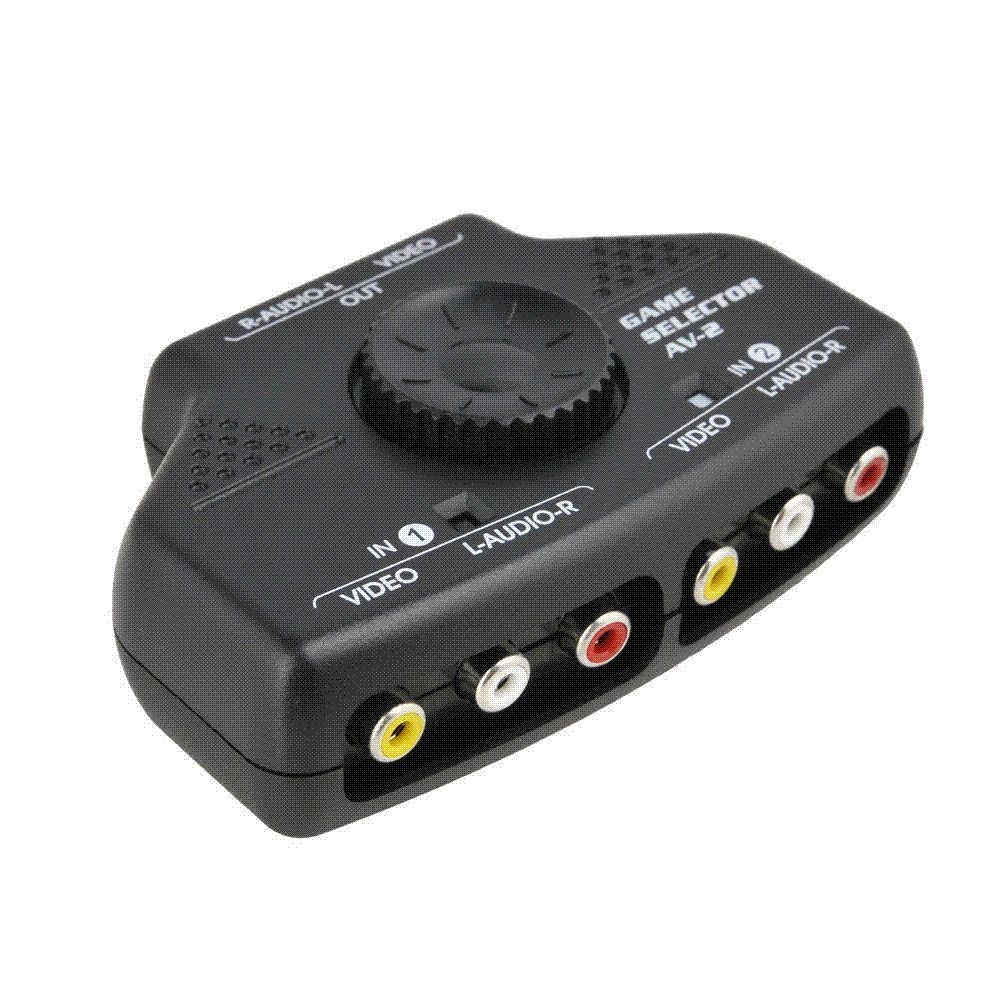
The larger connectors, generally used in musical instruments, have 6.35 mm, or 1/4 “). The most modern ones support audio reproduction in two channels and still send signal captured by a microphone.īecause of this, the industry decided to separate each type of connector and name them based on the TS (tip-sleeve), TRS (tip-ring-sleeve) and TRRS (tip-ring-ring-sleeve) standard, which became popular known as P1 (already in disuse – 3/32 “), P2 (mono and stereo – 1/8”) and P3 (also 1/8 “). The main differences between the audio connectors that we currently see on the market have to do with their functionality. There are different types of inputs, outputs and connectors, and the important thing is to know the differences between them so as not to buy something incompatible with the device you have.įrom left to right, and in popular language: P2 mono, P2 stereo, P3, P10 mono and P10 stereo (Image: Luciana Zaramela / FreeGameGuide) When you are going to buy a headset with a cable, something important that you need to take into consideration is the type of the cable and the connector, thinking about the device to which you are going to plug it. In the reproduction process, the sound is generated by the computer, converted from digital to analog, mixed, amplified and, finally, reproduced. This means that the sound can be captured, mixed, converted and transformed into a digital signal in the capture process. The process that occurs in half of the two paths is called mixing and conversion (from digital to analog or vice versa). The sound comes from the computer itself and comes out through the speakers. The output, on the other hand, goes the other way: the sound is generated by the processor, converted into analog sound and transmitted to a speaker, be it the driver for your headset or the auxiliary speakers of your computer.


The sound comes from the speaker’s mouth and enters the device. Example: that of the microphone, either on dedicated audio cards or on your computer.

To understand what is input and what is audio output, just imagine the following: where does the sound come from? If the signal is captured, amplified and processed by the computer in sequence, we have an input. P2 to P10 adapter: widely used in wired headphones, when you want to listen to music on a stereo or dedicated audio card (Image: Luciana Zaramela / FreeGameGuide) Audio input and output For example: if you have a headset with a P2 connector and want to plug it into an audio card that only has a P10 input, you will need a P2 to P10 adapter to enjoy your sound, as shown in the image below :


 0 kommentar(er)
0 kommentar(er)
